30+ Blank Verse Examples to Download
In the realm of poetry, diverse forms and structures provide poets with an array of tools to convey their thoughts and emotions. Among these, blank verse stands as a versatile and captivating choice, offering writers the freedom to express themselves while maintaining a structured yet unrhymed format. In this article, we’ll delve into the nuances of blank verse, understand its significance, and take a step-by-step journey into crafting an exemplary piece. Whether you’re a seasoned poet or a newcomer to the world of verse, learning about blank verse will enrich your understanding of literary expression.
1. Poetics Blank Verse Example
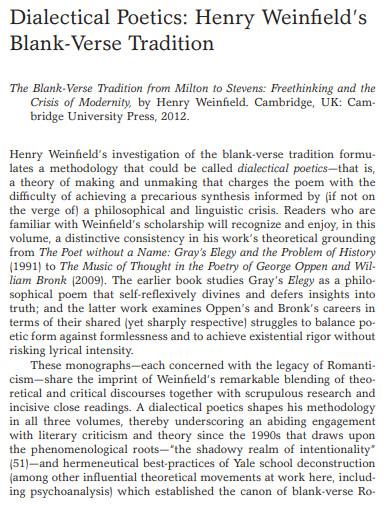
portfolio.du.edu
2. Prose and Poetry Blank Verse Example
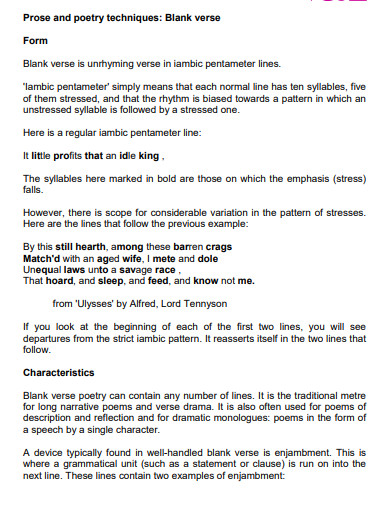
media.vam.ac.uk
3. Blank Verse Template
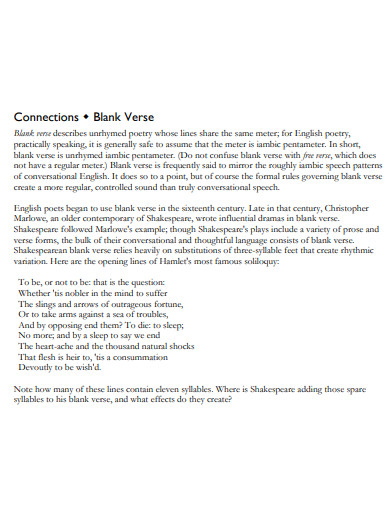
eriksimpson.sites.grinnell.edu
4. Blank Verse Poem Example

lcps.org
5. Free Blank Verse Example
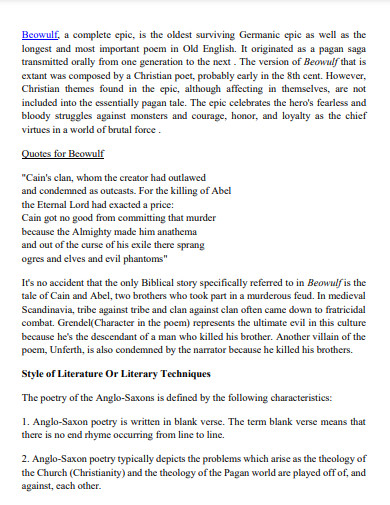
uobabylon.edu.iq
6. English Blank Verse Example
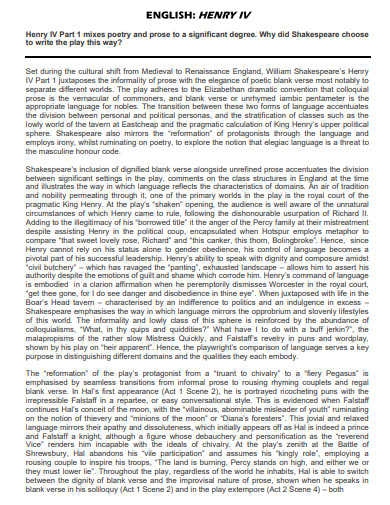
tsfx.edu.au
7. Sample Blank Verse Example
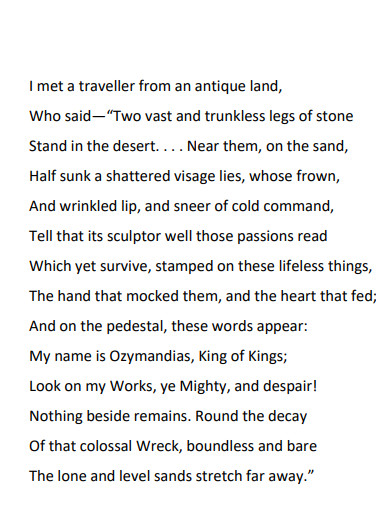
oasisacademysouthbank.org
8. Short Blank Verse Example

thinkingverse.org
9. Visual Blank Verse Example
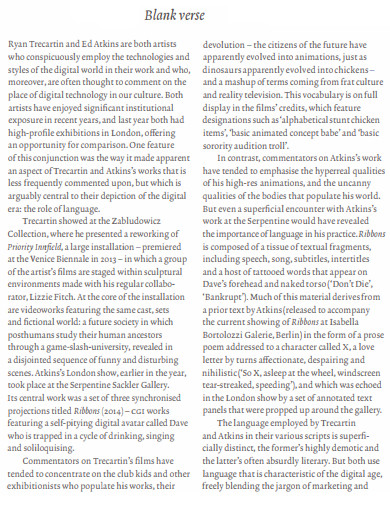
gladstonegallery.com
10. University Blank Verse Example
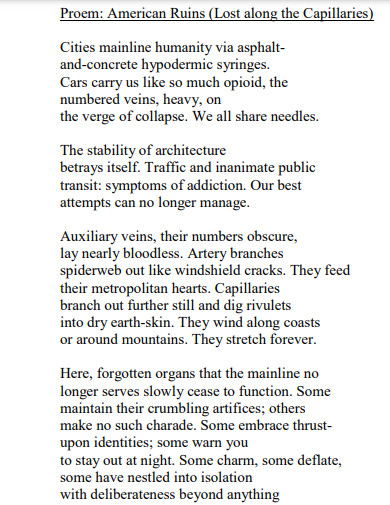
scholarworks.sjsu.edu
11. Shakespeare Blank Verse Example
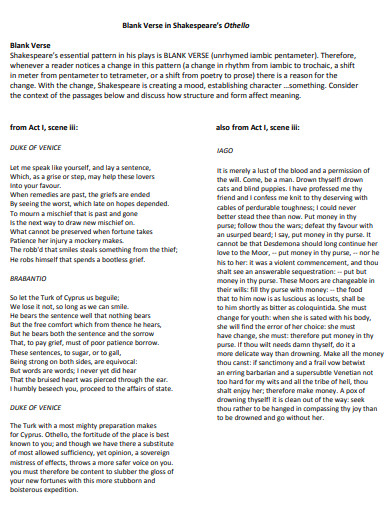
jatodd.pbworks.com
12. Translation Blank Verse Example
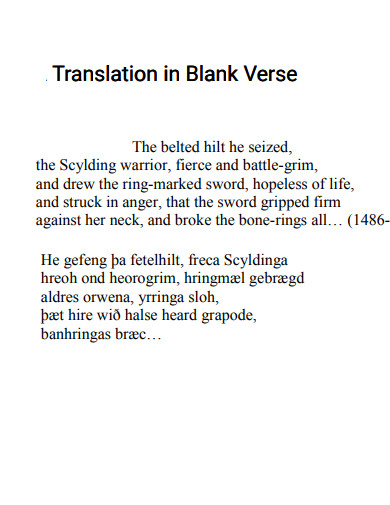
scholarcommons.sc.edu
13. Illustration Blank Verse Example
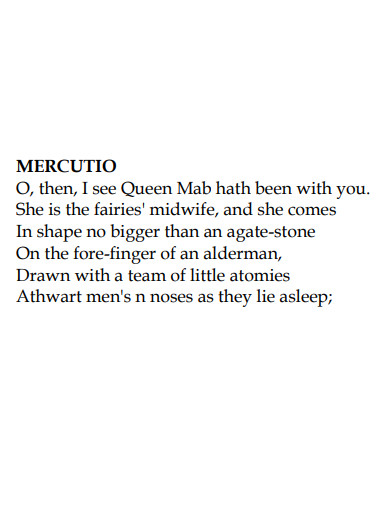
moundsviewschools.org
14. Prose Blank Verse Example
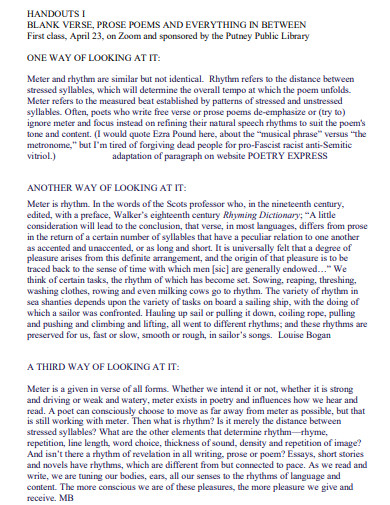
putneylibrary.org
15. Blank Verse Lines Example
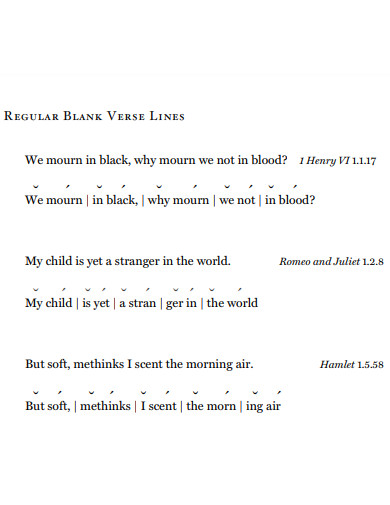
drmarkwomack.com
16. Blank Verse Guide Example
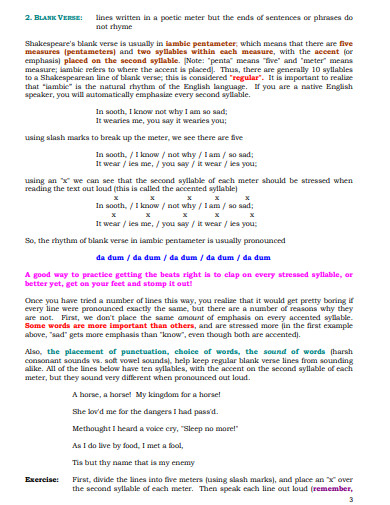
static1.squarespace.com
17. Writing Blank Verse Example

bucks.edu
18. Simple Blank Verse Example
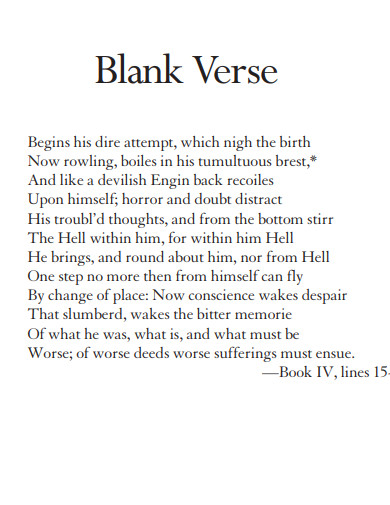
archive.schillerinstitute.com
19. Rhythm Blank Verse Example
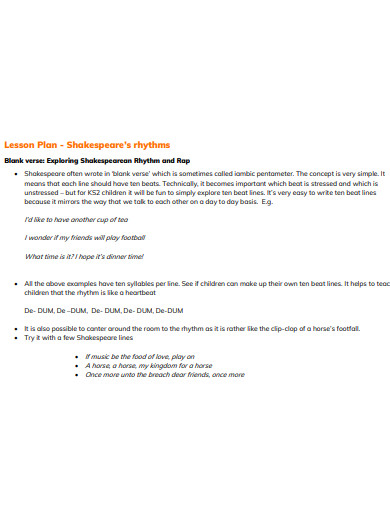
nationalpoetryday
20. Literary Analysis Blank Verse Example
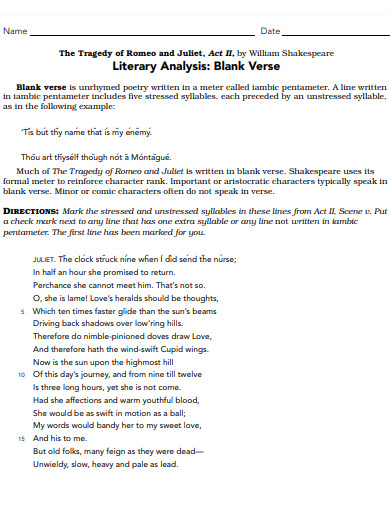
dcee9.weebly.com
21. Blank Verse Criteria Example
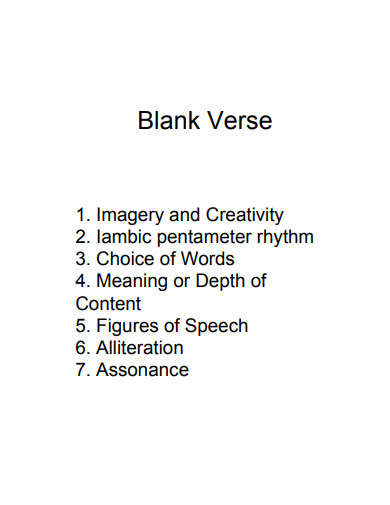
nchomeschoolinfo.com
22. Love Blank Verse Example
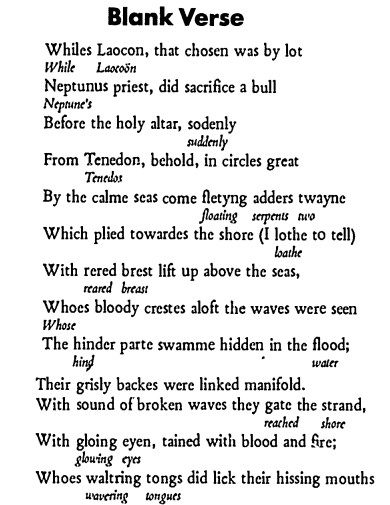
files.eric.ed.gov
23. Blank Verse Definition Example
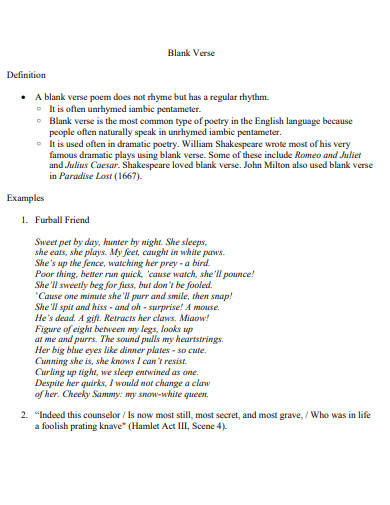
mrslamp.files.wordpress.com
24. Narrative Blank Verse Example
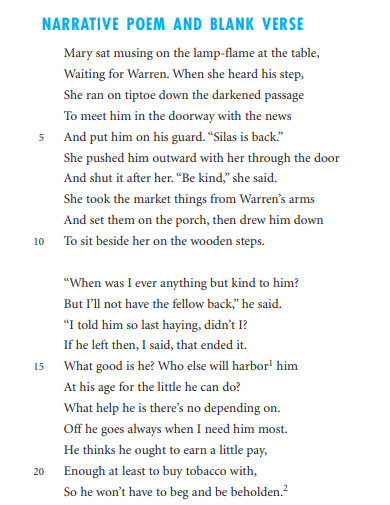
content.schoolinsites.com
25. Sonnet Blank Verse Example
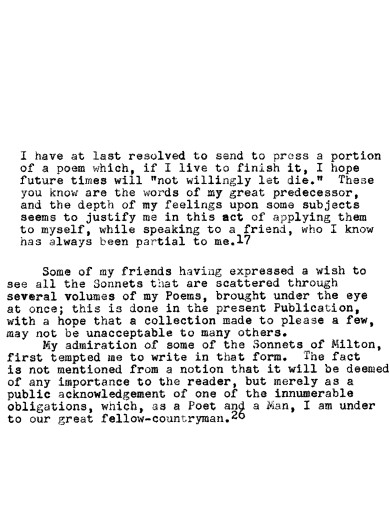
digital.library.unt.edu
26. General Blank Verse Example
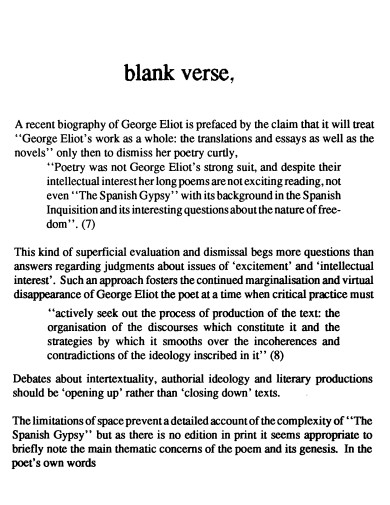
digitalcommons.unl.edu
27. Iambic Pentameter Blank Verse Example
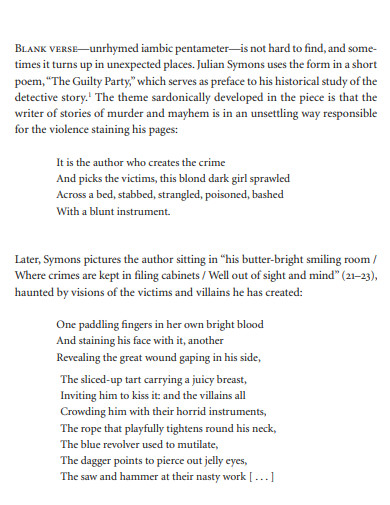
ohioswallow.com
28. Introduction to Blank Verse Example
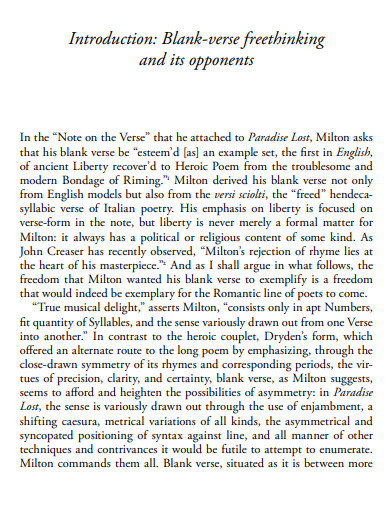
assets.cambridge.org
29. Draft Blank Verse Example
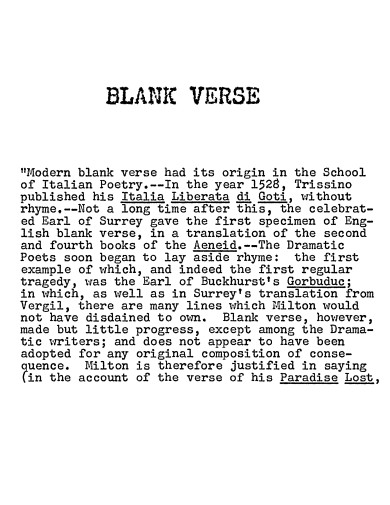
scholarship.rice.edu
30. Blank Verse in PDF Example
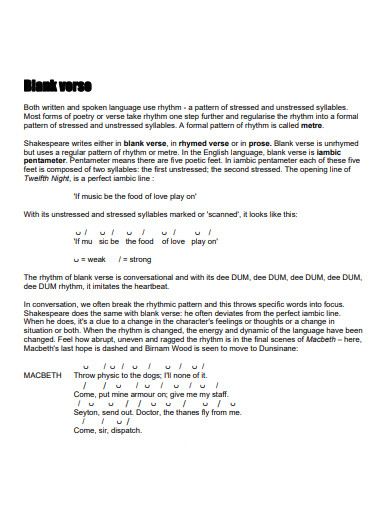
mseffie.com
31. Grade 9 Blank Verse Example
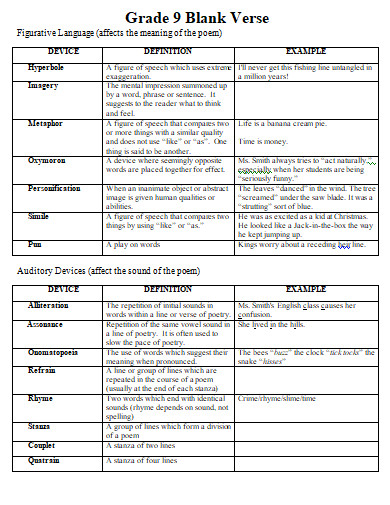
claremont.sd63.bc.ca
What is a Blank Verse?
Blank verse is a form of poetry characterized by its unrhymed structure and iambic pentameter rhythm. Unlike structured forms like the sonnet or the haiku, blank verse allows poets to craft lines without the constraints of rhyme scheme. This affords writers greater flexibility in expressing complex ideas, capturing intricate emotions, and exploring a range of themes. Often used in dramatic and narrative poetry, blank verse resonates with a natural rhythm akin to everyday speech, making it an excellent choice for conveying a sense of authenticity.
How to Write a Blank Verse
Before delving into the intricate process of crafting blank verse, it’s essential to understand the elements that shape it. This guide will walk you through the steps, allowing you to create a remarkable piece of unrhymed poetry that brims with emotion and depth.
Step 1: Choose a Theme and Tone
Start by identifying the theme you wish to explore in your blank verse poem. Whether it’s love, nature, introspection, or a societal issue, your theme will provide the foundation for your piece. Consider the tone you want to convey – somber, joyful, contemplative, or passionate. The theme and tone will shape the mood of your poem and guide your choice of words.
Step 2: Understand the Iambic Pentameter
Blank verse typically follows an iambic pentameter rhythm, consisting of five pairs of unstressed and stressed syllables in each line. This rhythm mimics the natural cadence of spoken language. Familiarize yourself with this rhythm to maintain the flow of your verse while composing.
Step 3: Utilize Literary Devices
While blank verse lacks a rhyme scheme, it doesn’t mean you can’t employ other literary devices. Elements such as metaphors, alliteration, and other figurative language can enhance the depth of your poem. These devices add layers of meaning and evoke emotions that resonate with your readers.
Step 4: Structure with Stanza Breaks
Although blank verse lacks rhyming couplets or quatrains, you can create a sense of structure by employing stanza breaks. Group lines together to form stanzas, which can help organize your thoughts and give your poem a visual appeal. Experiment with different stanza lengths to achieve the desired effect.
FAQs
Can I use blank verse in shorter poems?
Absolutely. While blank verse is often associated with longer works, it can be employed effectively in shorter poems as well. The key is to maintain the iambic pentameter rhythm and utilize devices that enrich your verses.
Is there a specific context where blank verse works best?
Blank verse is notably used in the context of dramatic monologues, epics, and narrative poetry. Its rhythmic flow makes it suitable for expressing characters’ emotions and delivering intricate narratives.
How does blank verse differ from free verse?
The blank verse follows a specific iambic pentameter rhythm, while free verse lacks a predetermined structure or rhythm. Blank verse maintains a more regular pattern, offering a balance between structure and creative freedom.
Blank verse presents a harmonious blend of structure and freedom, allowing poets to weave a tapestry of emotions and ideas. As you embark on your journey to create your own masterpiece, remember that the beauty of blank verse lies in its ability to mirror the rhythms of human thought and speech. By mastering its nuances, you can amplify the impact of your words and craft poems that resonate deeply with your readers.


